River Brue bridge
River Brue bridge
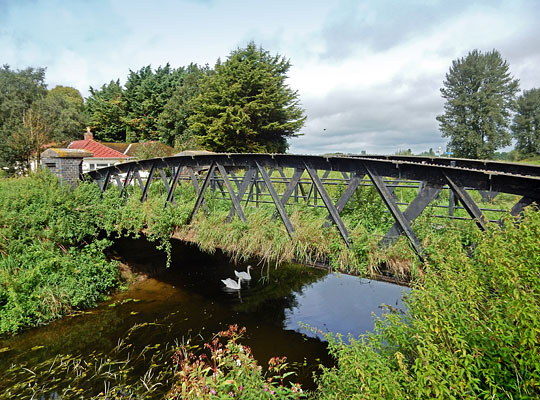
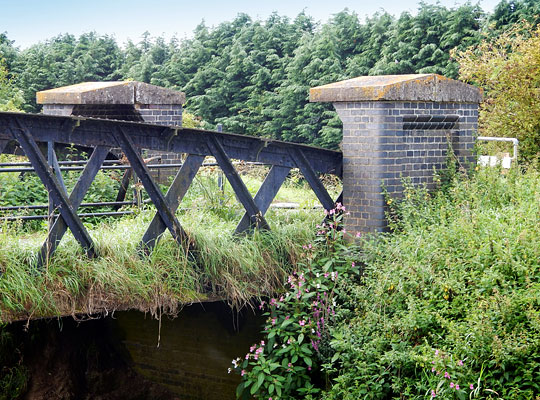

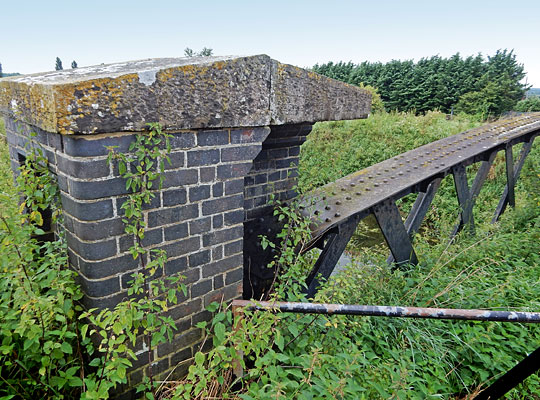
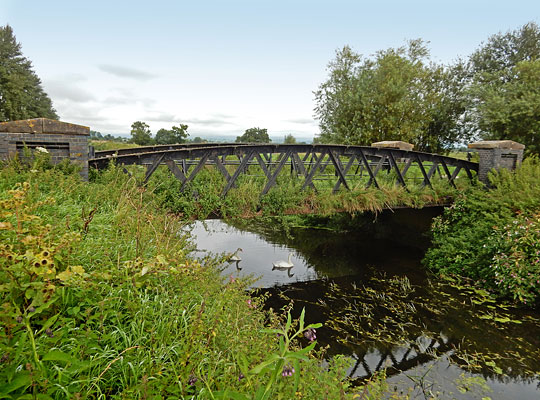
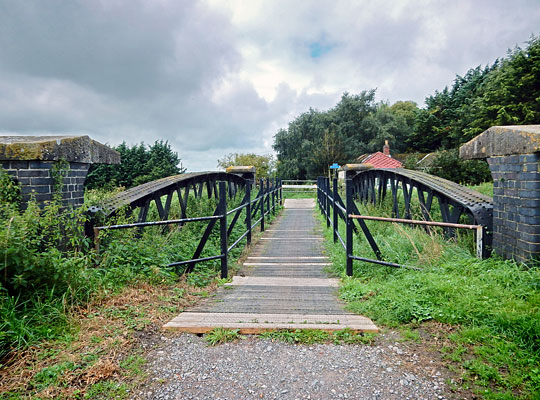
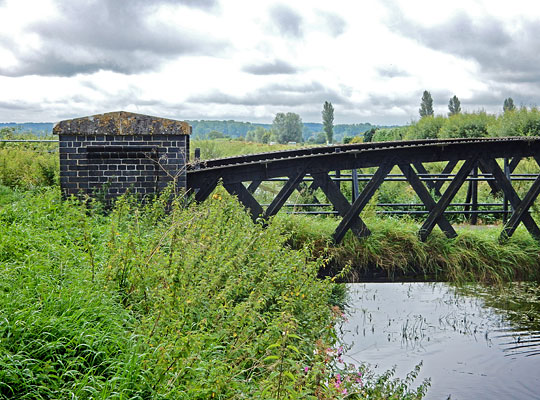







Enacted on 17th June 1852, the Somerset Central Railway (SCR) was conceived as a means of improving the economic prospects of Glastonbury – an important manufacturing centre – which had previously been disadvantaged by its distance from the Bristol Channel ports, coastal shipping still being dominant around this time.
The SCR connected with the Bristol-Exeter main line near Burnham-on-Sea and established its own wharf at Highbridge. Work on the line – 12 miles and 28 chains in length – got underway with a sod-cutting ceremony on 18th April 1853, the alignment having already been staked out and indicated by flags. It was engineered by Charles Gregory whilst Mr O’Donnell served as resident engineer.
The construction contract was awarded to Mr Rigby for £56,000, costs having been reduced by closing the Glastonbury Canal – by arrangement with its sympathetic owner, the Bristol & Exeter Railway (B&ER) – allowing some sections of the line to be built over its alignment. Generally, the work proceeded smoothly although some difficulties were encountered when crossing boggy moorland, a function of the peaty soil. This was overcome by binding sticks and twigs together to form faggots which were then placed in the bog to create a firm foundation.
The line proved to be unusually cheap, coming in at £6,560 per mile. According to Gregory, “its chief feature is that there is nothing to see upon it”, being devoid of tunnels, viaducts or other significant structures. However, a mile or so west of Glastonbury, the line had to cross the River Brue.
Known as Aqueduct Bridge (EBU/268), the existing structure dates from August 1903 when it replaced the original bridge. Featuring a single span, it comprises a pair of wrought iron ‘hogback’ trusses – 43 feet in length – with mild-steel corrugated floor plates. The abutments are built in engineering brick and extend upwards to form pilasters around the outside ends of the trusses; these are topped with substantial masonry capstones.
Built for broad gauge trains, the railway was inspected by Major George Wynne for the Board of Trade on 22nd August 1854, opening six days later and worked by the B&ER. Thereafter extensions were constructed to reach a new pier at Burnham-on-Sea in 1858, Wells in 1859 and Cole in 1862 where it made an end-on junction with the Dorset Central Railway (DCR). Overall, the enterprise proved a financial success.
From the outset, the Somerset Central Railway and northern part of the DCR were operated as a single entity and formally amalgamated through a Parliamentary Act on 1st September 1862, creating the celebrated Somerset & Dorset Railway. A year later, the new company filled the missing link in its network – between Blandford and Templecombe – creating a through route between the Bristol Channel and English Channel.
Traffic on the line between Bason Bridge and Evercreech Junction – crossing Aqueduct Bridge – ended on 7th March 1966. A spur was retained at the western end, connecting Wilts United Dairies Sidings to Highbridge, closing in 1972. The bridge now hosts a footpath, carried on timber boarding and contained by tubular fencing.







